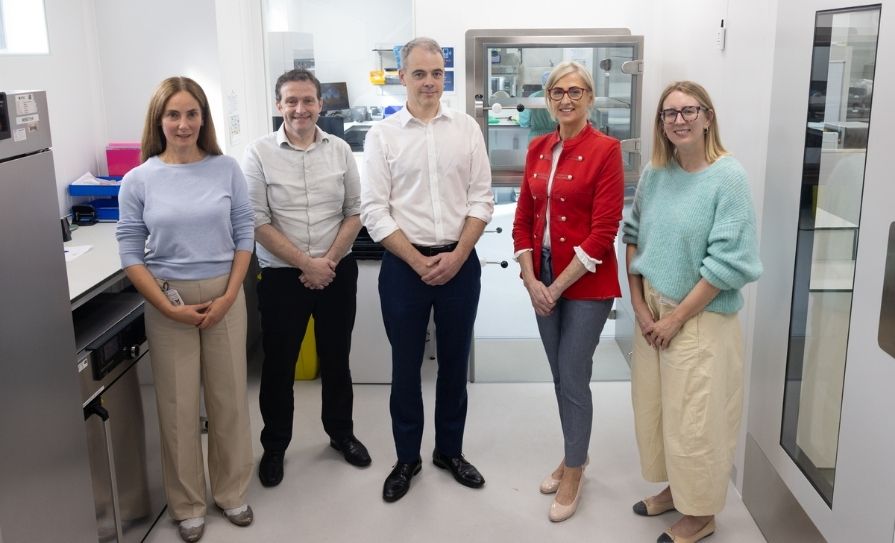Not enough is being done to prevent pharmaceutical residues contaminating our ecosystem, says the OECD
A recent Organisation for Economic Co-operation and Development (OECD) report warns that too little is being done to prevent pharmaceutical residues seeping into soil, water supplies, fresh-water ecosystems and the food chain, or to assess potential risks.
Pharmaceutical Residues in Freshwater: Hazards and Policy Responses says the vast majority of the roughly 2,000 active ingredients currently used in human and veterinary pharmaceuticals have never been evaluated for environmental risks. Several dozen new active ingredients are typically approved for use each year.
A study cited in the report estimates that 10 per cent of pharmaceuticals have the potential to cause environmental harm. Those of greatest concern include hormones, painkillers and antidepressants. Concern over rising antibiotic content in wastewater fuelling the spread of drug-resistant microbes have been raised at G20 level.
Sewage and landfills
Pharmaceutical residues can enter the environment during the manufacture, use and disposal of medicines. When humans and animals ingest medicines, between 30 per cent and 90 per cent of the ingredients are excreted as active substances into the sewage system or the environment. Some medicines are thrown away unused, going into landfill, or from bathroom disposal into sewer systems. In the United States, an estimated one-third of the four billion medicines prescribed each year ends up as waste.
Conventional wastewater treatment plants are not designed to remove pharmaceuticals, and water resources are not systematically monitored for residues. High levels of pharmaceutical residues have been found downstream of drug manufacturing plants. Veterinary pharmaceuticals used in farming and aquaculture can enter water bodies directly or via surface run-off without any treatment.
Because pharmaceuticals are designed to interact with living organisms at low doses, even low concentrations can affect freshwater ecosystems. There is growing evidence of negative impacts, with laboratory and field tests showing traces of oral contraceptives causing the feminisation of fish and amphibians, and residues of psychiatric drugs altering fish behaviour.
Unless adequate measures are taken to manage the risks, the situation is set to worsen as the use of pharmaceuticals rises with ageing populations, advances in healthcare, rising meat and fish production, and as emerging countries increasingly administer antibiotics to livestock.
Monitoring
The report says countries should:
• Increase monitoring and reporting of pharmaceutical residues in the environment.
• Consider environmental risks in the authorisation of pharmaceuticals.
• Provide incentives to design pharmaceuticals that do not accumulate in or harm the environment.
• Reduce pharmaceuticals entering the environment, ie, by using public procurement to demand high standards of manufacturers or with ‘take-back’ systems to return unused or expired medicines for safe disposal.
• Raise awareness among the public, doctors and vets to reduce excessive consumption.
• Upgrade wastewater treatment plants with technology to remove pharmaceuticals.
“This report calls for a better understanding of the effects of pharmaceutical residues in the environment, greater international collaboration and accountability distribution, and policy actions to prevent and remedy emerging concerns,” wrote the OECD in the report. “Laboratory and field tests show traces of oral contraceptives causing the feminisation of fish and amphibians, and residues of psychiatric drugs altering fish behaviour.
“Antimicrobial resistance, linked to the overuse of antibiotics, has rapidly escalated into a global health crisis. Unless adequate measures are taken to manage the risks, pharmaceutical residues will increasingly be released into the environment as ageing populations, advances in healthcare, and intensification of meat and fish production spur the demand for pharmaceuticals worldwide.
“The report outlines a collective, life-cycle approach to managing pharmaceuticals in the environment. A policy mix of source-directed, use-orientated and end-of-pipe measures, involving several policy sectors, can help to improve health and protect the environment.”







